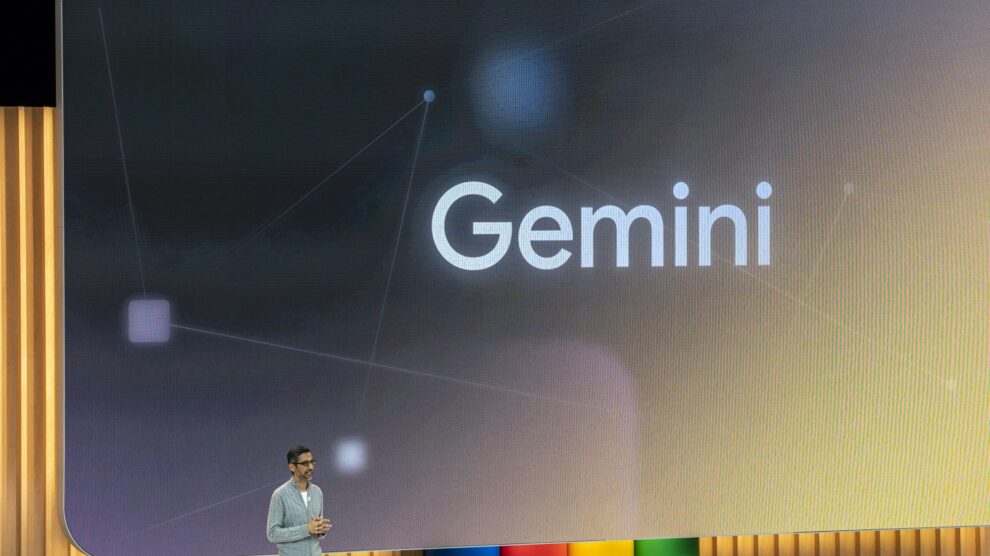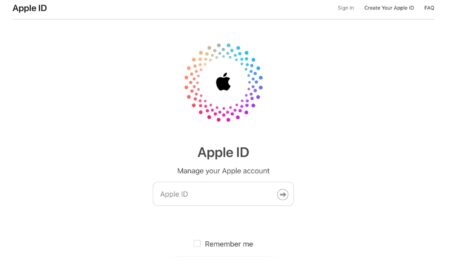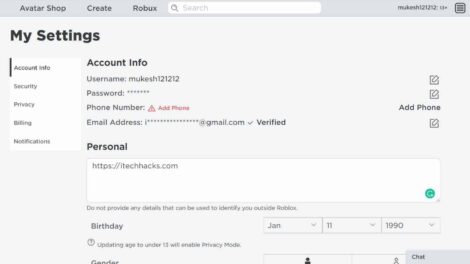In a recent blog post, Ben Thompson of Stratechery delves into the multifaceted world of Google’s Gemini AI and Apple’s MLX machine learning platforms. He analyzes their strengths and weaknesses, drawing insightful comparisons and highlighting key trends in the AI landscape.
Google Gemini’s Commanding Performance
Google‘s Gemini boasts impressive performance capabilities, surpassing other leading AI models on various benchmarks. Its zero-shot learning abilities allow it to adapt to new tasks without explicit training, showcasing its versatility and potential for real-world applications.
Additionally, Gemini’s factual accuracy, driven by its vast training dataset, positions it as a valuable tool for research, education, and information retrieval.
Google Dominates Infrastructure and Seamless Integration
Thompson highlights Google’s deep understanding of infrastructure and its ability to seamlessly integrate Gemini across its various services and products. This approach allows Google to leverage the power of Gemini to enhance existing services like Google Search and Assistant, while also creating new AI-powered experiences.
Apple’s MLX: Optimized for Vertical Integration
On the other hand, Apple’s MLX platform takes a different approach. While it doesn’t possess the raw performance of Gemini, it shines in its integration within Apple’s ecosystem and its focus on specific applications.
Apple’s tight control over hardware and software allows for deep optimization of MLX, resulting in seamless integration into devices like iPhones and Macs.
The Conundrum of Open vs. Closed Integration
One of the key differences between Gemini and MLX lies in their integration strategies. While Gemini boasts a more open and platform-agnostic approach, MLX exists within Apple’s walled garden.
This raises questions about the future of AI development: should AI models be open and accessible, or should they be tailored to specific ecosystems?
Striking a Balance: The Likely Path Ahead
Thompson argues that both approaches have their merits, and the future of AI will likely involve a hybrid model.
Open platforms like Gemini will continue driving innovation and research, while closed ecosystems like Apple’s will deliver optimized and integrated AI experiences.
Key Takeaways from Google vs. Apple AI Divergence
- Google leading in raw performance metrics and transferable foundations
- Google holding edge in infrastructure reach and product embedding
- Apple surging in device-level efficiencies and ease of adoption
- AI progress tracking towards open-closed fusion balancing access and excellence
Consumer Impacts from AI Platform Competition
The ongoing innovation race between Google’s Gemini and Apple’s MLX looks poised to substantially benefit consumers through:
- Enhanced services and improved digital experiences
- Acceleration of breakthroughs unlocking new possibilities
- Increased accessibility as integration and interfacing becomes seamless
- Development of ethical standards upholding user wellbeing alongside capabilities
As AI permeates our digital lives more pervasively, judiciously nurturing progress remains pivotal.
The Outlook for Responsible Leadership in AI’s Evolution
The diverging paths Google and Apple are charting underscore AI’s expansive potential sitting alongside equally substantial obligation. Constructively channeling such power for global betterment calls for stewardship ensuring technology uplifts rather than divides.
Therefore, we encourage technology leaders to envision opportunity through the lens of shared benefit above self-gain. For conscious advancement today holds the keys unlocking abundant positive transformations over the horizon.










Add Comment